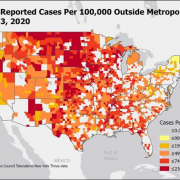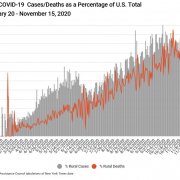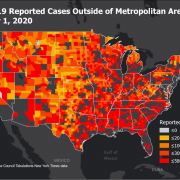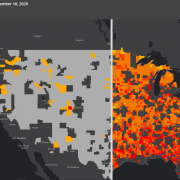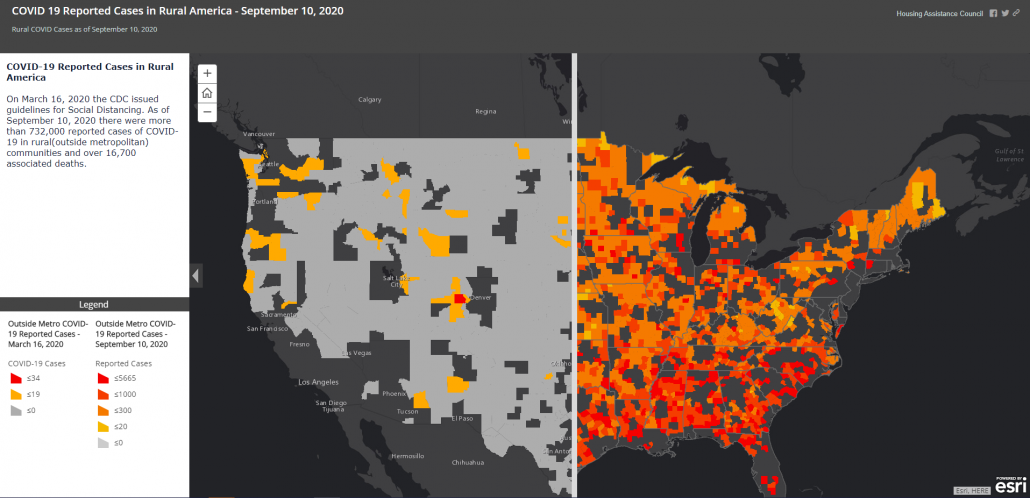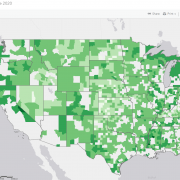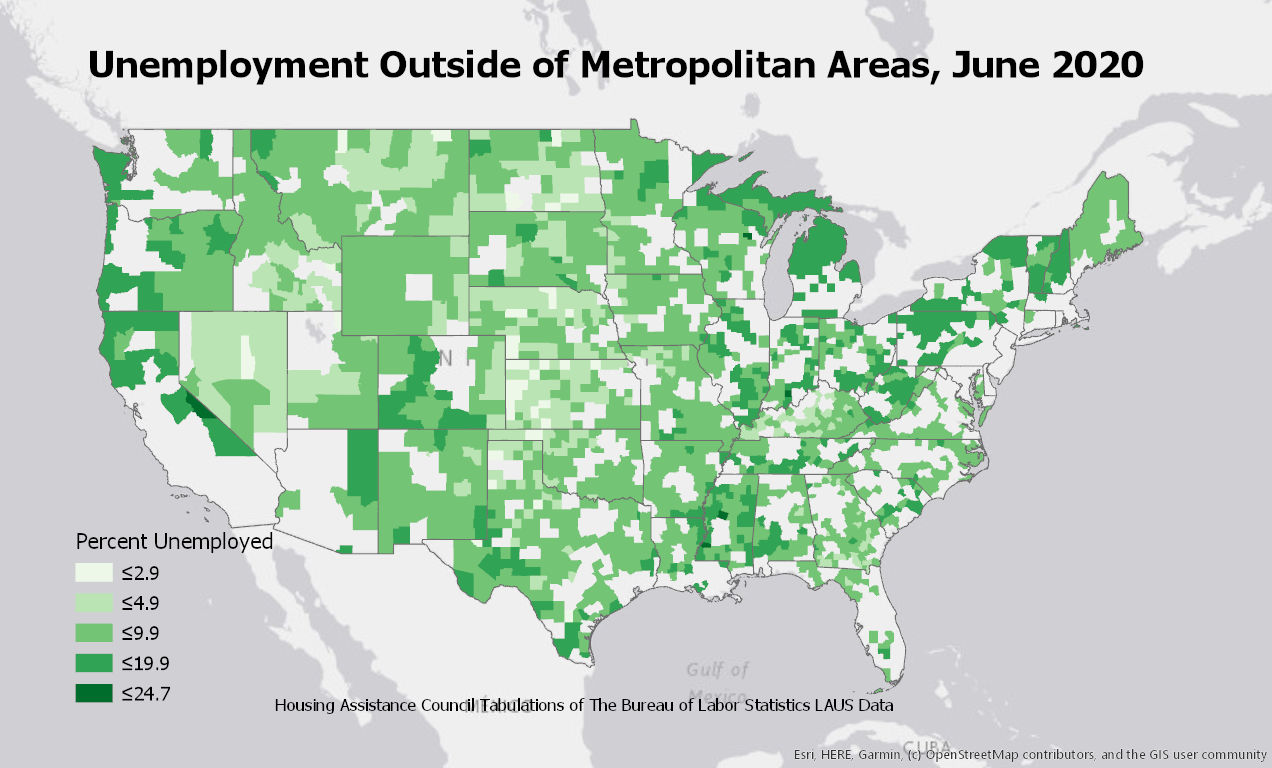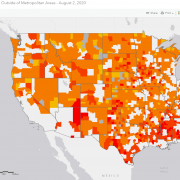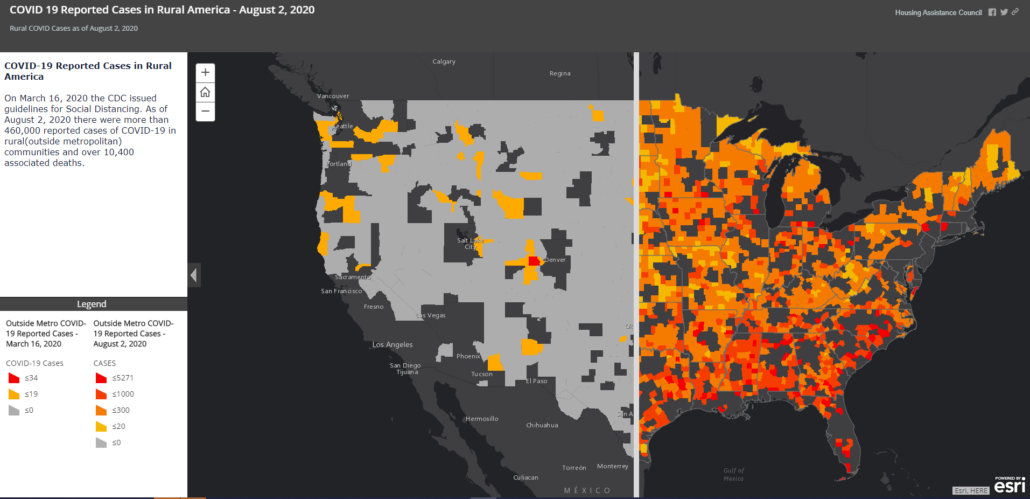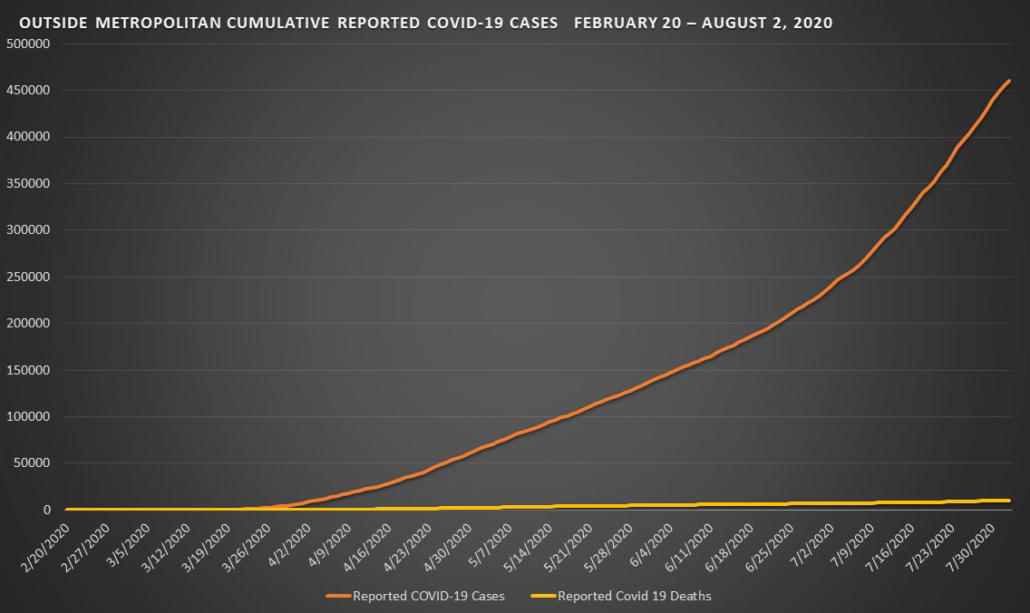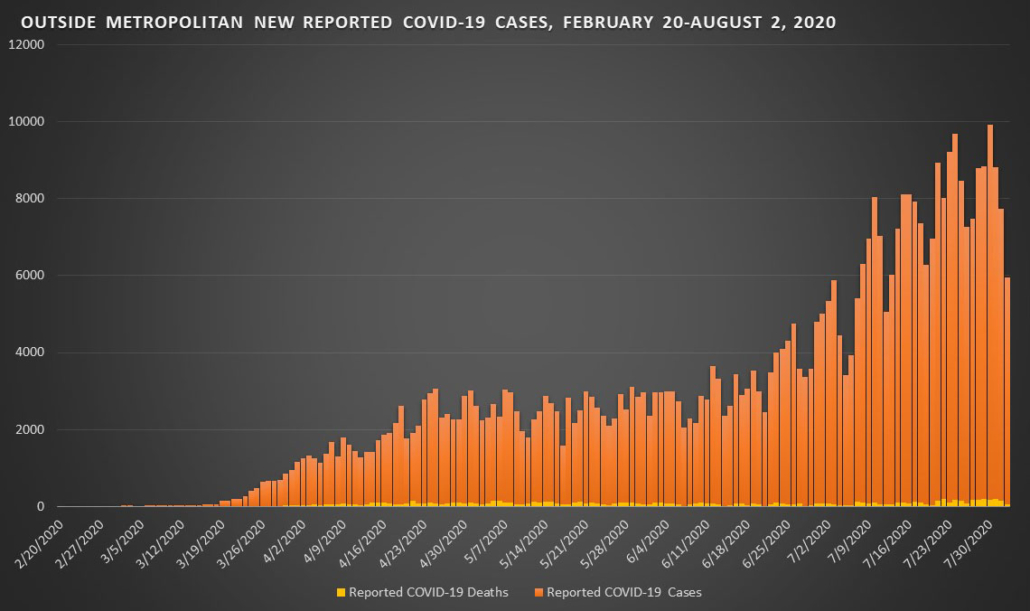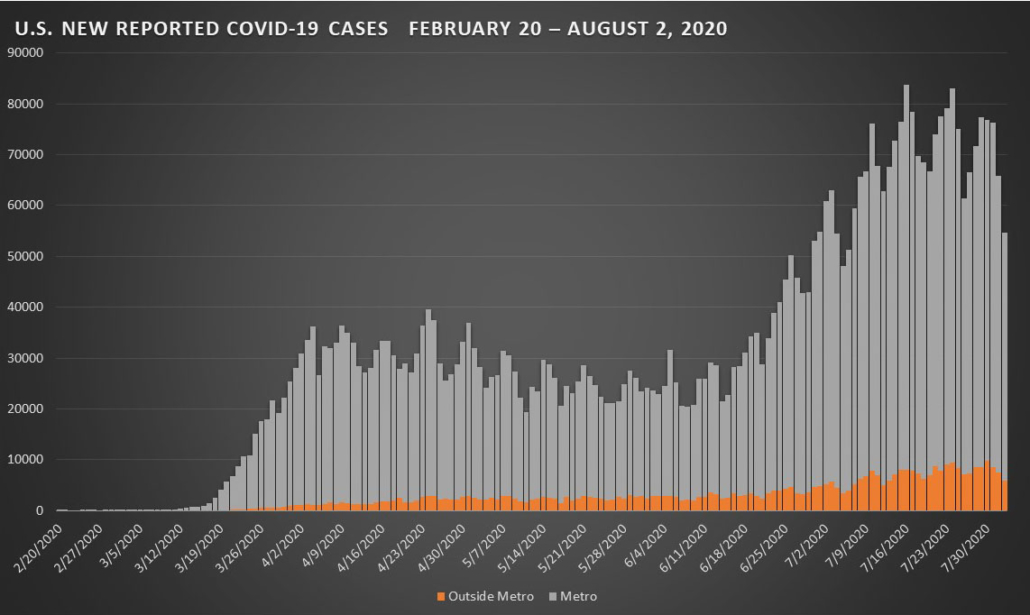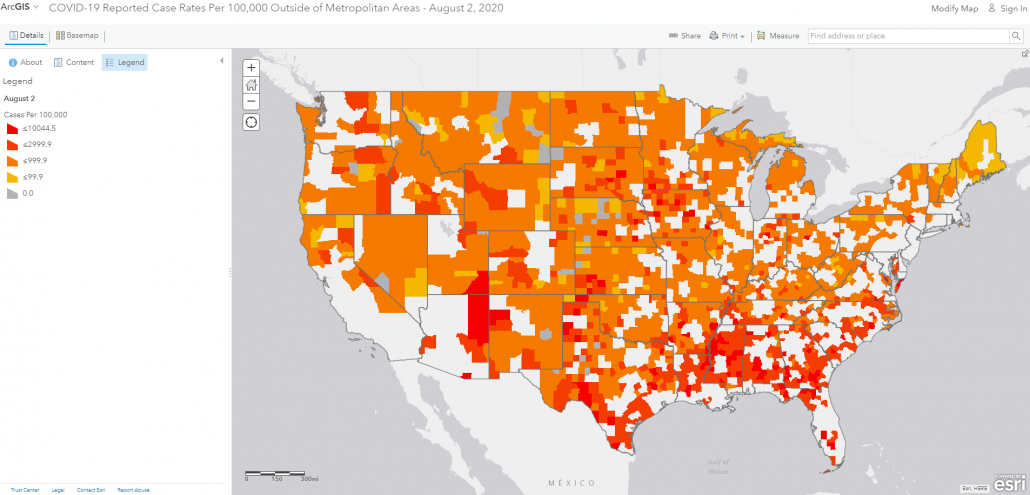Covid-19 Cases Surpass 2.2 Million in Rural America
COVID 19 reported cases and deaths continue to grow at an accelerated pace. There are now more than 2.2 million rural cases, and there were nearly 900,000 new reported COVID-19 cases in rural areas over the last 30 days.
UPDATE: COVID-19 in Rural America – DECEMBER 3, 2020
The COVID-19 pandemic is a global health crisis affecting nearly every community – including rural America. While there are still many uncertainties, the health crisis changes daily and the pandemic’s impact on rural communities continues to grow and evolve. The Housing Assistance Council (HAC) presents summary findings of COVID-19 in rural America as of early December.
RURAL COVID-19 CASES INCREASED BY NEARLY 60 PERCENT IN THE LAST MONTH ALONE
Total Reported COVID-19 Cases February 20- December 3, 2020
The first reported case of COVID-19 outside of metropolitan areas came on February 20, 2020. As of December 3, 2020, there were more than 2.2 million reported cases of COVID-19 and approximately 38,000 associated deaths in communities outside of metropolitan areas. Between November 3 and December 3, communities outside of metropolitan areas reported 859,000 new cases of COVID-19 – a 63 percent increase over the month period. All but two U.S. counties outside of metropolitan areas now have reported COVID-19 cases, and 93 percent of outside metro counties have also reported associated deaths related to the virus.
RURAL CASES CONTINUE AN UPWARD TREND
Newly Reported COVID-19 Cases February 20 – DECEMBER 3, 2020
Nationally, the number of new COVID-19 cases continues to increase and reported rural cases also continue to grow to their highest levels since the pandemic began. Between November 20 and December 3, rural areas reported an average of 29,552 cases per day. Similarly, rural reported COVID related deaths were up to an average of 434 per day compared to 331 deaths per day over the previous two-week period.
RURAL COVID CASES CONTINUE TO OUTPACE THE OUTSIDE METROPOLITAN POPULATION AS A WHOLE
Rural Share of COVID-19 Reported Cases
Initial impacts of COVID-19 were greatest in urban and suburban communities and these areas still have the largest share of cases and deaths. Since February 20, 2020, approximately 16 percent of the total reported COVID-19 cases were identified in rural communities. But the rural share of COVID-19 cases continues to be larger than the outside metro proportion of the population. On December 3, 2020, 17 percent of new cases and 25 percent of new deaths were reported outside of metropolitan areas.
RURAL COVID-19 CASES ARE INCREASING IN THE UPPER MIDWEST AND WEST
Reported Rural COVID-19 Rates per 100,000
Only two U.S. counties have not reported COVID-19 cases, but the virus’ impacts vary widely across the nation’s rural geography. Rural America simultaneously has the highest and lowest rates of reported COVID-19 cases. There have been several instances of extremely high per-capita infection rates in rural areas – notably on some Native American lands and communities with meat packing and correctional facilities. In the past weeks, the rural case and death rates increased most dramatically in the plains and upper Midwest, Southeastern, and Western states.
ABOUT THE DATA
The information in this brief derives from Housing Assistance Council tabulations of data from The New York Times, based on reports from state and local health agencies, and the U.S. Census Bureau’s 2014-2018 American Community Survey.
In these analyses, the terms “rural” and Outside Metropolitan Areas are synonymous and refer to counties and counts outside of OMB designated Metropolitan Areas.
The Housing Assistance Council is a national nonprofit organization that helps build homes and communities across rural America.

